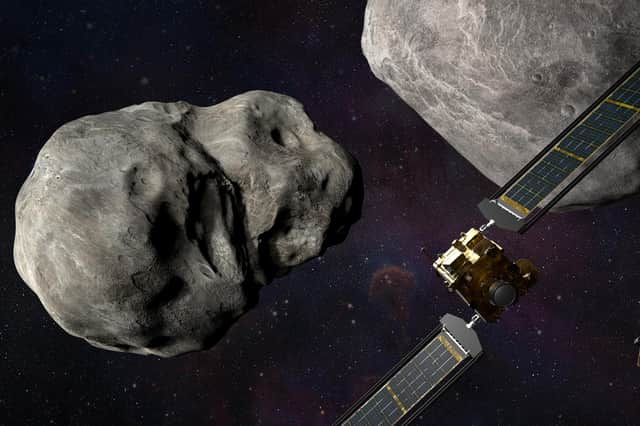Edited By: Nishtha Badgamia
Male, Maldives Updated: Oct 11, 2022

There is video evidence taken by the scientists using the camera on the Omega Seamaster II submersible was combined with the biological samples collected. (File Photo) Photograph:( AP )
STORY HIGHLIGHTS
“The discovery of ‘The Trapping Zone’ and the oasis of life in the depths surrounding the Maldives provides us with critical new knowledge that further supports our conservation commitments and sustainable ocean management, and almost certainly support fisheries and tourism,” said the country’s president Ibrahim Mohamed Solih, hailing the discovery.
On Monday, a report published by the local newspaper in the island nation Maldives indicated that the scientists on the Nekton Maldives Mission have discovered evidence of ‘The Trapping Zone’. It was described as ‘an oasis of oceanic life’, 500 metres below the surface.
“The discovery of ‘The Trapping Zone’ and the oasis of life in the depths surrounding the Maldives provides us with critical new knowledge that further supports our conservation commitments and sustainable ocean management, and almost certainly support fisheries and tourism,” said the country’s president Ibrahim Mohamed Solih, hailing the discovery.
There is video evidence taken by the scientists using the camera on the Omega Seamaster II submersible which was combined with the biological samples collected, said the report by The Times of Addu.
Additionally, following extensive sonar mapping, they found megafauna predators such as sharks and other large fish feeding on swarms of micro-nekton, which are small organisms which can swim independently of the water current, said professor Lucy Woodall, Nekton Principal Scientist. These organisms are also trapped against the subsea landscape at the 500 metres mark.
ALSO WATCH: WION Climate Tracker: Group of scientists discovers 'an oasis of life' in Maldives
Furthermore, they usually migrate from the deep sea to the surface at night and back into the deep at dawn, this phenomenon is known as Vertical Migration. However, it seems like the steep vertical cliffs and shelving terraces along with volcanic subsea strata and fossilised carbonate reefs which form the base of the Maldivian atolls, reportedly do not let these organisms dive deeper.
These trapped animals are then targeted by megafauna and large pelagic predators including schools of sharks and tuna and large deep-water fish like spiky oreos and alfonsino. While scientists have found sharks in shallow waters in the Maldives, this is the first time they were able to document “an immense diversity of sharks in the deep sea”, said Shafiya Naeem, director general of the Maldives Marine Research Institute which also partnered with Nekton for this research.
They documented tiger sharks, six-gill sharks, sand tiger sharks, dogfish, gulper sharks, scalloped hammerhead sharks, silky sharks and the very rare bramble shark, said the report. Since marine ecosystems are defined by both topography and ocean life, ‘The Trapping Zone’ “has all the hallmarks of a distinct new ecosystem,” said professor Alex Rogers.
He added, “The Trapping Zone is creating an oasis of life in the Maldives and it is highly likely to exist in other oceanic islands and also on the slopes of continents”. Rogers also spent more than 30 hours underwater studying the zone in one of the submersibles.
The data collected during the expedition is reportedly being analysed in the Maldives, Nekton’s UK headquarters in Oxford and at partner laboratories. This discovery has important implications for other islands as well, including aspects like slopes of continents, sustainable fisheries management, and the burial and storage of carbon, which could help mitigate climate change someday, said the report.


















